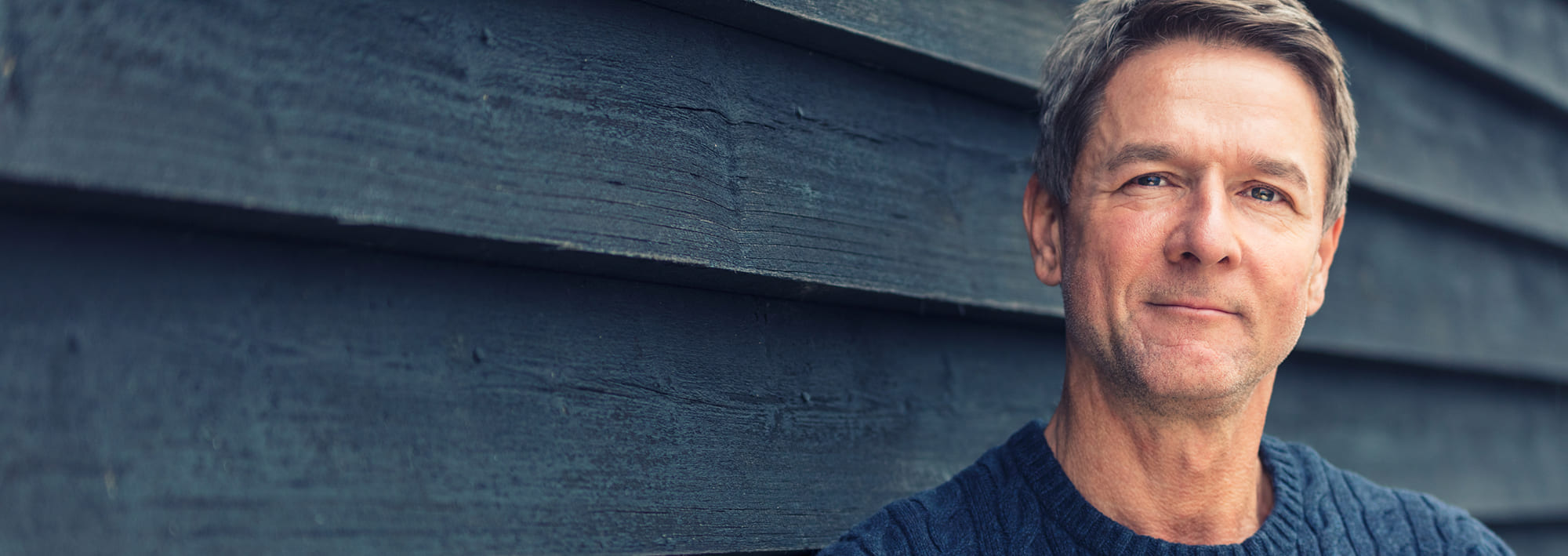What is a Bunion? The word bunion is derived from the Latin word “bunio” which means an enlargement. Most typically, this is seen on the side of the big toe joint. To have a bunion most often implies a misalignment of the big toe and the bone (first metatarsal) to which it attaches.
How do you get a Bunion? Bunions are caused by a mechanical weakness that places abnormal stress in the bones and joints of the foot. This condition can be found in children, but is more commonly seen in adults. Shoes can aggravate an existing bunion, yet have not been proven to cause bunions. In fact, the late anthropologist Margaret Meade had observed many members of a South Sea island tribe had bunions and had never worn shoes! Bunions are often seen as hereditary, but it is really the foot type that causes the bunion that is inherited. Other causes of bunions can be neuromuscular disorders, injuries, gout, tumors, and abnormal musculoskeletal stress.
What are the symptoms of a Bunion? There are several presentations of bunion related pain that canexist alone or in conjunction with each other. Symptoms can be divided into bump related pain, big toe joint pain, and associated foot pain. Bump related pain is pain over the bunion (enlargement of the big toe joint) that is worse with pressure. This area can become red and have a soft mass, called a bursa. The pain can even radiate up the foot or down the big toe. This is caused by irritation of the nerves passing through the inflamed area. Big toe joint pain is experienced with motion of the joint; such as walking, running, and jumping. Pain in the joint most commonly indicates arthritis. The severity of the arthritis depends on the severity and duration of the bunion. Associated foot pain can come in a variety of ways. One can develop painful corns and calluses on the big toe, big toe joint, or even under the second toe joint. The second toe joint is commonly affected with pain at the base of the toe or the development of a hammertoe. Painful toenails are another common symptom.
How do you get relief from Bunion pain? There are several things that can be done on your own. First of all, wear a supportive shoe with a roomy toe box. Avoid high heel and pointed toe shoes. Apply ice to the painful area to reduce swelling. Wear a toe spacer and nonmedicated offloading pad. If the pain persists, you should see your local podiatric physician.
What non-surgical treatments are available for Bunions? Orthotics are special insoles that are made
from an impression of the feet along with a prescription designed to restore mechanical balance to the feet and legs. These can be helpful in stopping the progression of the bunion and in alleviating the pain. In cases where there is a very painful bursa or nerve, a steroid injection can reduce the pain and swelling. Prescription nonsteroidal anti- inflammatory medication can also be employed. Physical therapy modalities are often used. These will address the symptom but not the cause. Offloading with special pads and shoe stretching are often helpful.
When do you need Bunion surgery and what does it involve? Many people with bunions require surgical correction if the above options have failed to eliminate the pain. There are many different procedures performed to correct a bunion. Most of these include remodeling and repositioning of the bones involved. Surgical fractures are often created with some type of fixation/immobilization to allow proper healing. Recovery time from surgery varies depending on the procedure performed and the condition of the patient. Patients generally go home the same day as the surgery and can resume restricted activity within three to four days. Under normal circumstances, bone healing occurs within six weeks. Normal activity is resumed approximately ten to twelve weeks after surgery. Physical therapy is used to enhance the healing process. It is important to continue with orthotics after surgery as to prevent reoccurrence of the bunion.
Do you have to live with Bunion pain? No!! Go to your local podiatrist (foot and ankle doctor) and see
what they can do to help relieve your pain, correct the bunion, and restore function of your feet. By Dr. James Kutchback, DPM, AACFAS

